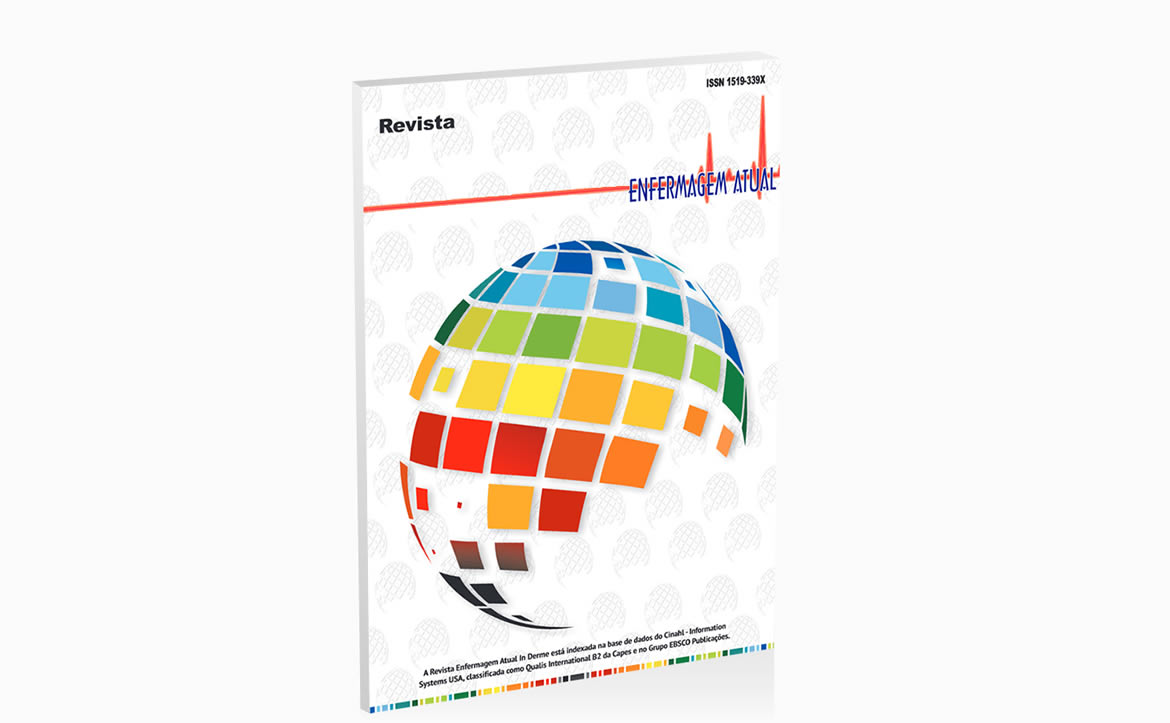Dor no pós-operatório em crianças submetidas a procedimentos cirúrgicos
Post-surgery pain in children submitted to surgical procedures
DOI:
https://doi.org/10.31011/reaid-2019-v.87-n.especial-art.157Resumo
O objetivo deste estudo foi avaliar os fatores sociodemográficos, clínicos e cirúrgicos relacionados com a intensidade da
dor no pós-operatório de crianças. Estudo descritivo e exploratório com abordagem quantitativa, realizado com 31 crianças de cinco a 12 anos nas primeiras 72 horas de pós-operatório utilizou-se um questionário com perguntas clínicas, sociodemográficas e as escalas de faces e numérica de dor. Foram realizados os testes Qui-quadrado e Exato de Fisher para
a análise dos resultados. Evidenciou-se que o tipo de cirurgia realizada influencia significativamente (p-valor= 0,036) na
presença de dor nas 24h, após a cirurgia. A intensidade da dor com o tipo de cirurgia nos dois primeiros dias de pós-operatório apresentou valor significativo (p-valor=0,044) no primeiro dia e (p-valor=0,021) no segundo. No 2º dia de internação,
a variável sexo (feminino) mostrou diferença significativa com relação à média de intensidade de dor (p-valor=0,032) e
no 3º dia, a característica clínica que se fez significativa foram os antecedentes patológicos (p-valor=0,031) quando relacionado à intensidade da dor. Conclui-se que as variáveis sociodemográficas, clínica e cirúrgica interferem na presença e
intensidade de dor em crianças no pós-operatório, principalmente tipo de cirurgia, sexo e antecedentes patológicos.
Palavras-chave: Criança; Dor; Dor pós-operatória; Perfil de saúde.
ABSTRACT
The aim of this study is evaluating the socio-demographic, clinical and surgical factors related to the pain intensity in
the children´s post-surgery. Descriptive and exploratory study with a quantitative approach conducted with 31 five to
twelve-year-old children in the first 72 hours of the post-surgery, where it was applied a questionnaire with clinical and
socio- demographic questions, and the face and numerical scales of pain. The Chi-square and the Fischer Exact tests were
used for the analysis of the results. It was observed that the kind of surgery performed influences significantly (p-value=
0.036) in the presence of pain in the first 24 hours, after the surgery. The intensity of pain with the kind of surgery in the
first two post-surgery days presented a significant value (p-value=0.044) in the first day and (p-value=0.021) in the second
day. In the 2nd day of admission the variable sex (female) showed a significant difference in relation to the intensity of pain
average (p-value=0.032), and in the 3rd day the significant characteristic was the pathological background (p-value=0.031)
when related to the intensity of pain. It is concluded that socio-demographic, clinical and surgical variables interfere in the
presence and intensity of pain in children in post-surgery, especially kind of surgery and pathological background.
Keywords: Child; Health profile; Pain; Postoperative pain.












